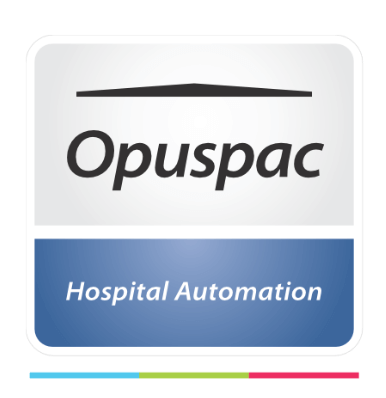We don’t want to write a blog only with data from advanced countries. We have traveled to many countries; we have visited hospitals and we have seen a lot of disparity of levels. In some, they don’t really know what we are talking about when we talk about Patient Safety or ISMP.
The study into which we are going to refer is about an 850-bed teaching hospital in a Mediterranean country and in 2016. We have seen similar data in other places.
For 3 months the study was performed with the direct method in one sector, which occupied 200 beds.
was observed 2,400 administrations and the calculations were performed on 2,090, after discounting there were 310 omissions. Seven hits were analyzed from which each probability of failure was multiplied by 7 in each case. A total of 5531 errors were detected with an average of 2.67 errors per observation. In the calculated percentage: 5531 x 100 /2090 x 7 = 37.80 % of the opportunities, there was an error. The most common error was the wrong route and dose.
Only in 37 cases (1.5%) no error was observed.
The most frequent error was wrong documentation: 90.96% of observations. It was followed by wrong administration technique with 78.90%, then wrong time or timing: 36.7%, wrong doses: 37.7% and wrong route of administration: 19.57%.
The overall error rate for all routes of administration was 37.80%, excluding emission errors. Some nurses failed 22.9% of the time and others failed 50.9% of the time.
During nighttime hours, the failure rate doubled.
Analyzing the route: intravenous, oral, infusion, IM, syrup, all gave values between 33 and 39.5%, being significantly higher for intravenous. The nurses’ performance was observed as inadequate in 98.43% of the cases. Lack of alignment, information and training were the main problems. Lack of training for dose preparation and administration was also found in European hospitals.
When studying the differences between the different departments of the medical specialties: gastrology, nephrology, geriatrics and rheumatology, the values ranged from 28.6% to 40.6%, i.e., they were not very significant.
On weekends, due to lack of staff, the service was significantly worse.
Older and illiterate people are the most at-risk group. Unfortunately, the study does not say a single word about the drug logistics system, the means of automation, the type of medical records used, unit doses, etc., which could provide a little more information.
The values in developing countries are estimated to be between 30 and 40% of care with an AE. In this case we are talking about almost 40%, only in the last process, i.e., medication administration.
Although this is an excellent study, well documented (we only made a brief summary here), it does not indicate suggestions to solve the problems which are very serious.
Conclusion
This is the reality in many countries.
We believe that the incorporation of the unit dose system linked to a Clinical Decision Support System to eliminate mathematics in the calculation of dilutions, would make a remarkable difference on the lack of training of nursing staff.












